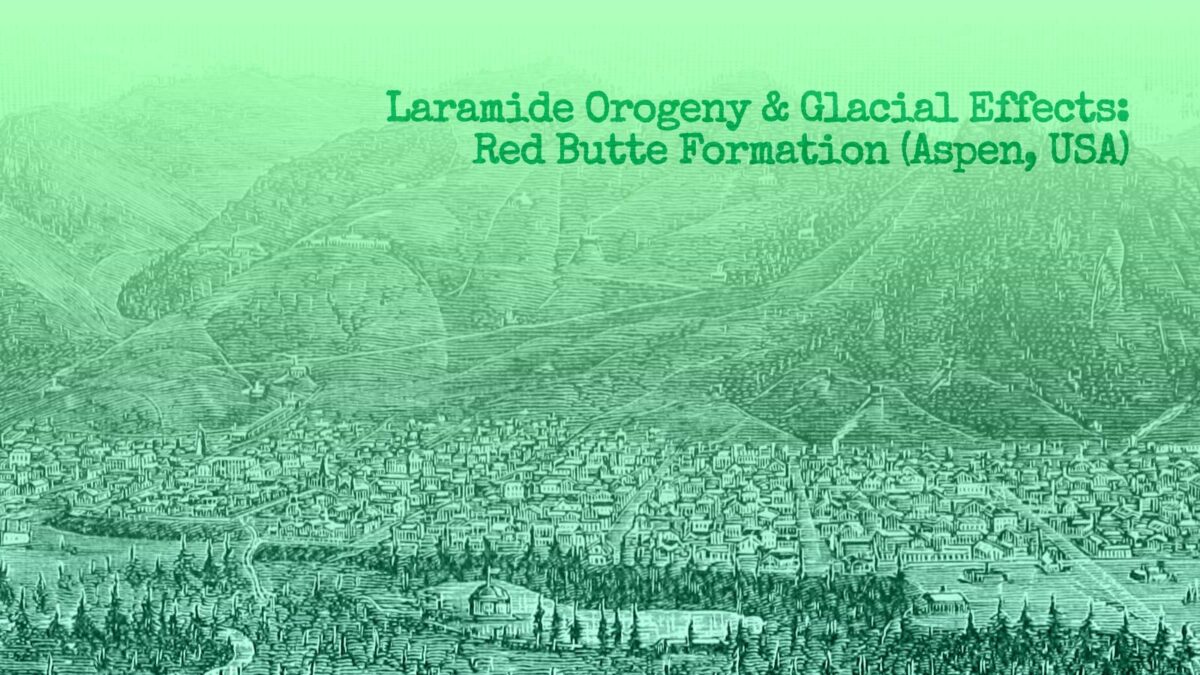Red Butte Formation and Surrounding Formations:
Site: Aspen, CO.
Date: 04-07-2004
When driving past the south-facing side of the Red Butte Formation, one can clearly see the stratified layers of sedimentary deposits. The layers, from bottom to top are as follows: Mancos Shale, Morrison Formation, Entrada sandstone and the Triassic Chinley Formation. When compared with other side-cut geological formations in Colorado, the layers of the Red Butte formation are layered oppositely, or upside down. This phenomenon is explained by hundreds-of-thousands of years of uplift during the Laramide orogeny, which caused up to 5 miles of vertical displacement in certain areas. Over many years, these outcrops of sedimentary deposits were uplifted one hundred and forty degrees to its current position, which explains the unconformity of its orientation.
Atop and around the Red Butte Formation and Roaring Fork Valley can be found boulders which were carried by glaciers and do not represent the bed rock on top of which they now occur. Many large erratic deposits of primarily granite and quartz (quartzmonite, middle tertiary intrusives) have been carried along during recent periods of glaciation from higher elevations (Independence pass, etc.) down through the Roaring Fork Valley.
Running parallel to Red Mountain (south-facing) are several layers of lateral moraines which have been created during glaciation periods due to the accumulation of rock on the sides of glaciers
The WJ terrace created a recessional moraine near the Airport Business Center of Aspen. This formation is completely of morainal deposits and was created when the glacier moved over the area, and then receded (shortly) after reaching the valley floor
A process known as Lagg concentrate has resulted in an unusual amount of boulder sized rocks in the river and valleys that run through Aspen. During times of flood, rapid flowing water washed away most small to medium sized rocks, while large boulders remained accumulated in concentrated areas.

